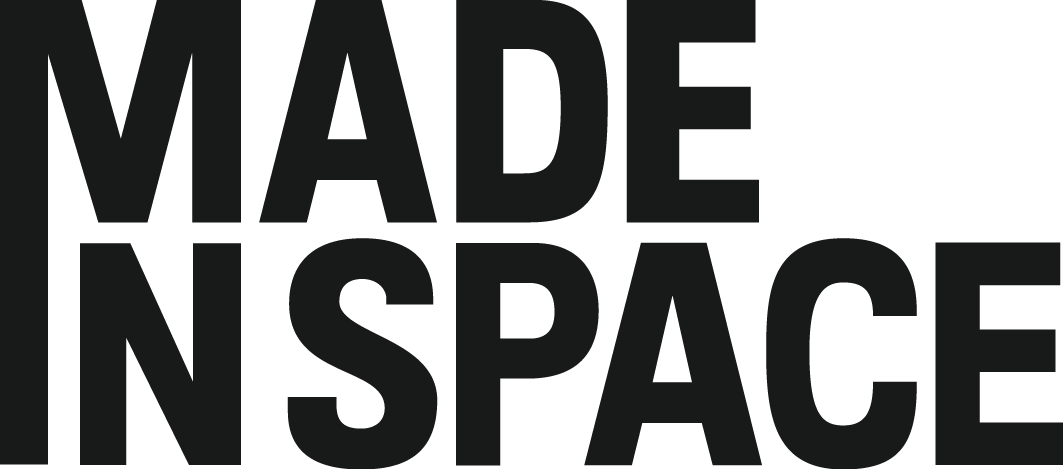Made in Space is a startup based in Mountain View, California. For the past nine years, the company has been working closely with NASA to develop technology that will allow the 3D printing of objects in space and then assemble parts using robots. From its beginnings in 2010,. MIS has had some impressive successes. In 2015, MIS sent a 3D printer to the International Space Station. It has been working since that time on the improvement of their microgravity 3D printers. It has a seventy million dollar contract with NASA to construct ten-meter solar arrays in orbit. The Archinaut One is a small satellite with a 3-D printer and a robotic arm. Once it reaches orbit in 2022, the Archinaut One will 3D print components and then assemble them into the power system.
Jim Bridenstine is the NASA administrator. During a tour of MIS in late August, he told a SpaceNews reporter that “As an agency, we have always had constraints when it comes to accessing space. One of the major constraints is the size of a fairing of a rocket and the weight of the things that we launch into space and the amount of materials. All of these constraints drive solutions that are not optimum and cost more.”
The possibility of 3D printing things in space has many far reaching implications. According to Bridenstine, such a capability could help NASA in future space missions including their intention to land a man and woman on the southside of the Moon by 2024. Bridenstine says that the ability to 3D print components in space is “transformational."
Andrew Rush is the president and CEO of MIS. He issued a press release which announced the new contract with NASA last July. The press release said, “Autonomous, robotic manufacturing, and assembly will reshape the landscape of space exploration and space infrastructure and we are taking a monumental step towards that future. Through our partnership with NASA, we will build a space-optimized asset on-orbit, for the first time, that will prove the efficacy of this technology, reduce the risk posture, and manifest new opportunities for in space manufacturing.”
The Gateway Earth project which I covered in a recent post, propose the construction of a space station about a hundred miles above geosynchronous orbit. The purpose of the station would be to shepherd geosynchronous satellites which are not longer useful into a parking orbit above the geosynchronous orbit. Once move into the higher orbit, the old satellite would be taken apart. Batteries, cameras and solar panels could be recycled. The shells of the satellites could be ground up to make a feed stock for 3D printers such as those being developed by MIS.
Tethers Unlimited are working on a eight armed construction robot which will be able to 3D print structural members to be assembled into lattices. These lattices could be used to provide support for geosynchronous satellites. This will help solve the problem of crowding in geosynchronous orbit.
